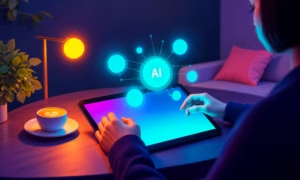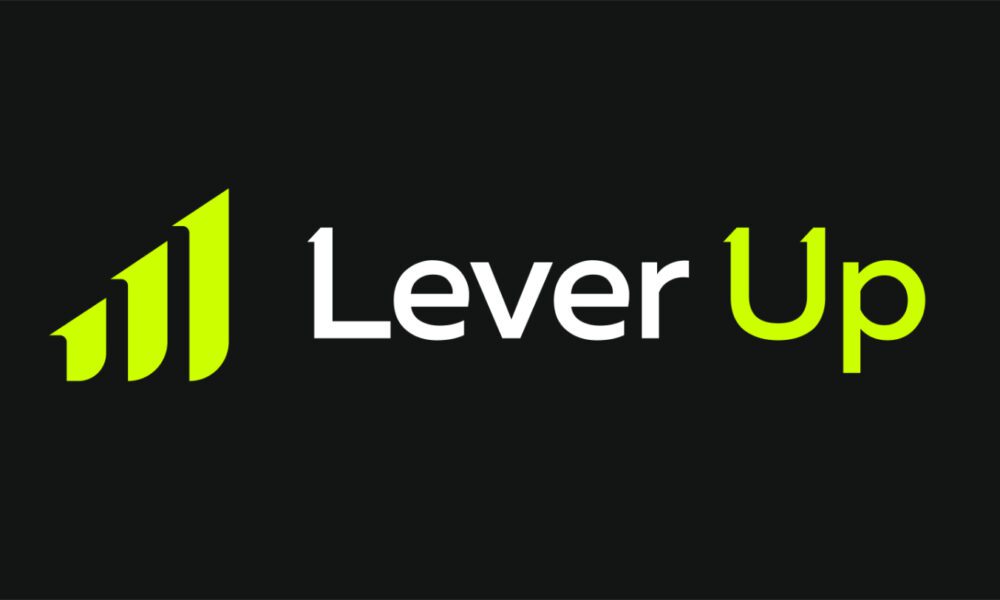Over the past few years, artificial intelligence has become a cornerstone of digital creativity. From automating complex design tasks to generating new visuals from simple text prompts, AI is transforming how artists, designers, and brands approach image editing.
While traditional editing tools required years of experience and a deep understanding of layers, filters, and color theory, AI image editing tools are changing the rules entirely. They bring professional-quality results within reach of everyone , from marketers and content creators to small business owners and casual users.
The Science Behind AI Image Editing
An AI Image Editor leverages deep learning, neural networks, and computer vision technologies to analyze and enhance images intelligently. These systems are trained on millions of samples, learning to recognize human faces, lighting conditions, background elements, and artistic patterns. When a user uploads an image, the AI can automatically identify what needs improvement and apply the right adjustments, all in a matter of seconds.
AI-driven editing systems typically use three main layers of analysis:
- Object Recognition: Detecting subjects, backgrounds, and textures within the image.
- Context Understanding: Determining how lighting, colors, and shadows interact for natural enhancement.
- Transformation Layer: Applying improvements, replacements, or style changes without affecting image integrity.
The result is a workflow that’s both intelligent and intuitive, a perfect balance between automation and artistic control.
From Manual Retouching to Intelligent Enhancement
In traditional image editing, even basic tasks like removing an object, adjusting skin tone, or improving lighting required multiple steps and hours of effort. AlEnhancer simplifies all that. Today’s editors can:
- Remove backgrounds with precision: AI detects subjects automatically, eliminating the need for manual tracing.
- Enhance lighting and color balance: Algorithms adjust contrast, highlights, and exposure based on context.
- Upscale low-resolution images: Deep learning models restore detail and sharpness without distortion.
- Apply artistic filters: Neural networks mimic art styles — from watercolor effects to cinematic tones.
These capabilities don’t just save time; they also expand what’s possible for creators. Tasks that once demanded advanced technical skill are now accessible to anyone with an internet connection.
Why AI Image Editors Are Game-Changers
1. Speed and Efficiency
AI drastically reduces editing time. What used to take an hour can now be done in seconds, allowing professionals to focus on strategy and creativity instead of repetitive adjustments.
2. Cost-Effective Design
For small businesses or startups, hiring a full-time graphic designer or outsourcing every image can be expensive. AI tools allow them to produce polished visuals on their own, cutting costs while maintaining quality.
3. Consistency Across Branding
Brand visuals rely on uniform tones, filters, and styles. AI editors can learn and replicate brand aesthetics, ensuring consistency across social media posts, ad campaigns, and websites.
4. Accessibility for All
Even users without design training can achieve professional-grade edits. The interface and smart features remove technical barriers, opening creative opportunities to a wider audience.
Real-World Use Cases
AI image editing isn’t confined to one industry. Its applications are widespread:
- E-commerce: Background removal, product enhancement, and image resizing at scale.
- Photography: Retouching portraits, repairing old photos, or color-correcting large batches automatically.
- Advertising: Creating campaign-ready visuals quickly and testing multiple design variations.
- Architecture and Real Estate: Enhancing property photos, adjusting skies, and improving lighting for listings.
- Social Media Marketing: Maintaining consistent aesthetics and producing trendy, shareable content effortlessly.
These use cases demonstrate that AI doesn’t replace human creativity — it amplifies it.
The Human–AI Collaboration
A common misconception is that AI will replace human designers. In reality, AI is a creative partner. It takes care of repetitive or technical work so that creators can focus on vision, storytelling, and emotional connection.
Instead of removing artistic control, it provides new tools for experimentation. Designers can generate multiple variations of an idea, visualize abstract concepts instantly, and refine results faster than ever before.
The Future of Visual Creativity
Looking ahead, AI image editing will continue to evolve beyond basic enhancements. We’re already seeing advancements like:
- Generative AI: Creating new images entirely from written descriptions.
- Emotion-Based Editing: Adjusting color and tone to evoke specific moods.
- Collaborative Design Workflows: Multiple users editing in real time across devices.
- 3D and AR Integration: Using AI to generate immersive visuals for augmented and virtual reality experiences.
As AI models grow smarter and more intuitive, creative professionals will spend less time executing and more time imagining.
Final Thoughts
The future of image editing is not about automation replacing artistry, it’s about technology expanding human creativity. Intelligent tools and next-generation AI platforms are making design faster, more accessible, and more expressive.
By learning how to use an AI Image Editor effectively, creators can unlock new levels of visual storytelling, producing content that’s both beautiful and impactful. The canvas of digital design is expanding, and AI isn’t painting over human creativity, it’s helping it flourish.



































